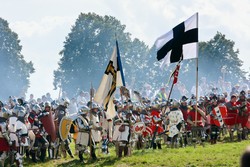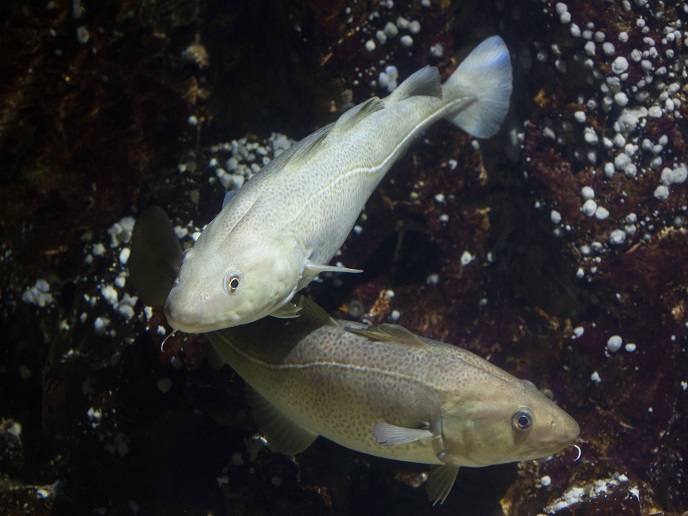Environmental and cultural implications of medieval crusades on the eastern Baltic region
Following their conquests, the Germanic Christian knights known as the Teutonic Order introduced the pagan Baltic tribes to Christianity. They also imposed their beliefs of nature and reliance on animals on the conquered pagans, who viewed much of nature as sacred. With this in mind, the EU-funded TEC(opens in new window) (The ecology of crusading: The environmental impact of conquest, colonisation and religious conversion in the medieval Baltic) project investigated the interplay between capture, colonisation and environmental change in north-eastern Europe during medieval times. To achieve its goals, TEC combined several advanced techniques in scientific archaeology with historical and isotopic data. Project partners studied the environmental outcomes of castles built by the Teutonic Order by carrying out a comparative study of sites in modern-day Estonia, Latvia and Poland. Findings show that environmental change in the eastern Baltic region was varied and uneven. This is partly because the structure of the Order's territories and castle shapes developed in the late crusading period. Other outcomes reveal that this military order was able to transport resources from the outer limits to the Baltic crusader states through inter-regional provisioning networks. They were also able to successfully adapt to the harsh landscape. To make way for colonisation, forests were cut down and land was cultivated. In regions that retained their independence, land was progressively transformed. In all cases local livestock breeds were appropriated, although fodder regimes were enhanced and husbandry strengthened. The Order fully exploited luxury natural resources, namely amber and fur. Even after European Christendom, cult practices and sacred natural sites in the conquered states were tolerated. TEC shed new light on the cultural beginnings of the ecological changes that are shaping today's Europe.







